AIRINC believes that sustainable business practices are essential for building a resilient and responsible future. In 2018, we committed to the Science Based Targets initiative (SBTi), pledging to reduce our company’s emissions by 30% by 2030 as part of the global effort to curb rising temperatures.
We are proud to share that since 2018, our calculated emissions have been reduced by 65%, putting us ahead of schedule to achieve our goal. This post highlights how we track our emissions, our 2024 results, and where we are headed next.
AIRINC monitors both Scope 2 and Scope 3 emissions. Scope 2 emissions come from purchased energy, such as electricity, steam, and chilled and hot water used in our leased offices and home offices. Generating this energy typically requires utilities to burn coal, natural gas, or other fossil fuels, which release greenhouse gases such as carbon dioxide, methane, and nitrous oxide. Scope 3 emissions include employee commutes, client visits, and the flights our researchers take to collect critical data. These activities produce greenhouse gases similar to Scope 2 emissions.
In 2024, our emissions trends reflected both progress and new challenges:
- Total emissions rose by 17% compared to 2023, driven primarily by increased business travel and a greater number of employees commuting to coworking spaces as in-person collaboration continues to grow.
- Scope 2 emissions decreased by 7% from last year. This decline is due in part to consolidating more of our regional offices into coworking spaces, which tend to be more energy-efficient.
- Scope 3 emissions increased by 19%, reflecting higher levels of business travel for research and client meetings, more interoffice visits, and more employees commuting as coworking use expands. This is consistent with the post-pandemic rebound in travel we also saw in 2023.
Despite year-over-year fluctuations, our long-term trend remains strong. As noted, since 2018, our emissions have decreased by 65%, keeping us well on track to meet—and likely exceed—our 2030 target of a 30% reduction.
Looking ahead, we will continue to balance essential business travel with sustainable practices, finding new ways to minimize our impact while still supporting collaboration, research, and client service.


%20(29)%20(1).jpg)

%20(27)%20(1)-1.jpg?width=624&height=374&name=Blog%20Images%20(940%20x%20563%20px)%20(27)%20(1)-1.jpg)
%20(40).png)
%20(62)%20(1).png)
%20(13).jpg)

